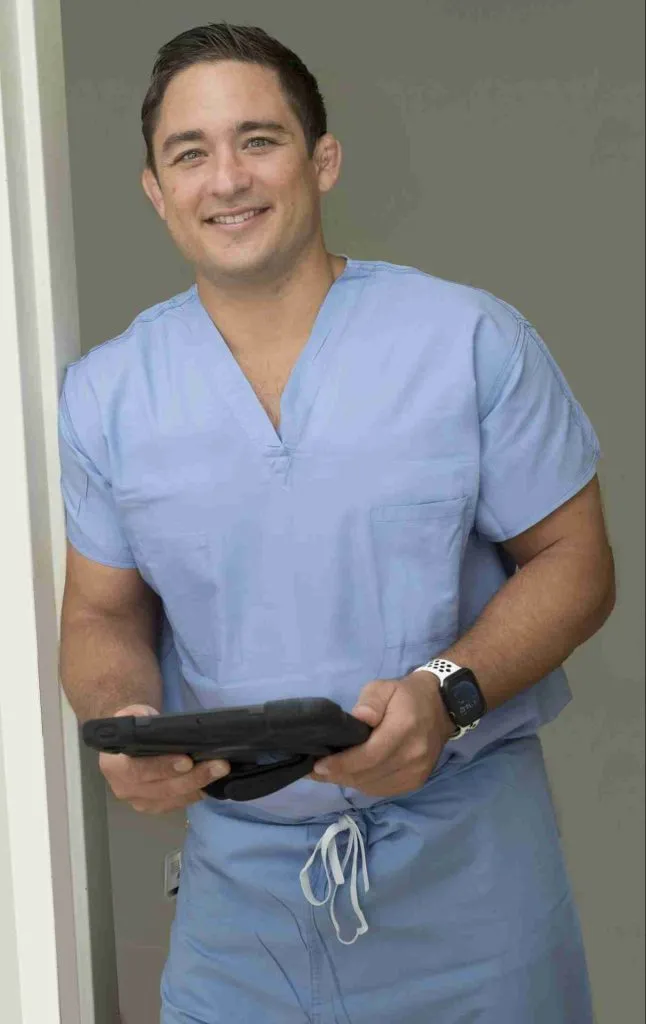Anatomy of the Forearm
Types of Fractures
Colles Fracture
In a Colles fracture, the broken end of the radius tilts backwards. It is a more common injury.
Treatments
Conservative Treatment
First, the doctor will reduce the fracture, meaning they will realign the broken bones to their proper place. They will then immobilize them using splints for up to a week to allow the swelling to reduce. They, or an orthopedic surgeon, will then remove the splint and cast the limb. The cast is changed about 2-3 weeks later and finally removed at around 6 weeks after the injury. The American Academy of Orthopaedic Surgeons recommends weekly X-rays for the first 3 weeks after reduction and immobilization and another radiograph before removal of the cast.
Surgical Treatments
If a patient needs surgery, you will need to see an orthopedic surgeon. The details of the surgery depend on the injury, including the fracture pattern, the associated symptoms, and the degrees at which the bones are displaced. The surgical treatment of the two common FOOSH injuries is detailed below.
Kirshner-Wire Fixation
Kirshner-wire, otherwise known as K-wire, fixation is better than plaster cast alone at stabilizing an unstable fracture. In this method, K-wire is used in addition to stabilizing the fracture. While it yields better stabilization, K-wire fixation also presents risks for infection and nerve injuries. This is not a common method of treatment anymore.
External fixation
External fixation can serve as a bridging method to definitive treatment or a non-bridging method, meaning it can be the sole intended treatment. When used as the sole treatment, patients were 6x more likely to experience mal-union. This treatment is typically reserved only for injuries too severe for open surgery.
Open Reduction Internal Fixation (ORIF)
ORIF is the surgical approach. Surgeons use dorsal or volar plates, meaning metal plates based on the internal surface of the back of the hand or the palm of the hand. The volar plates are more popular because they have a lower incidence of tendon complications. ORIF has better outcomes for unstable fractures, but does have risks for infection and tendon injury.
Conclusion

